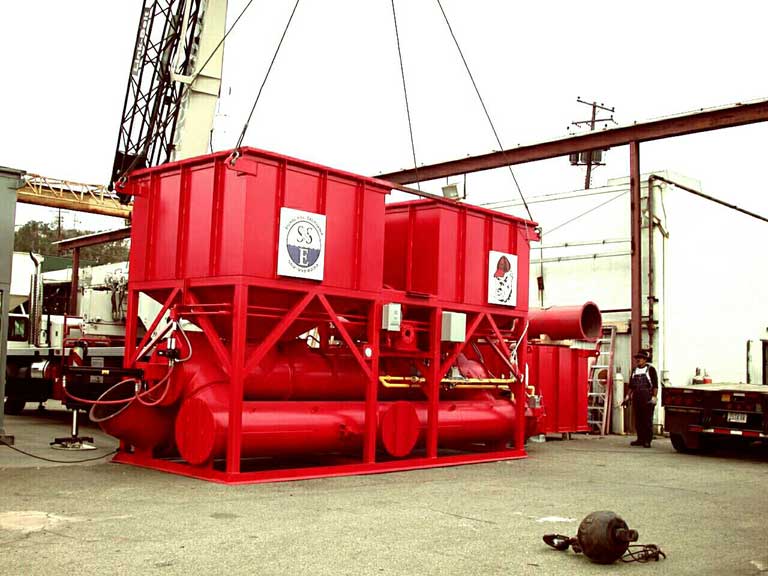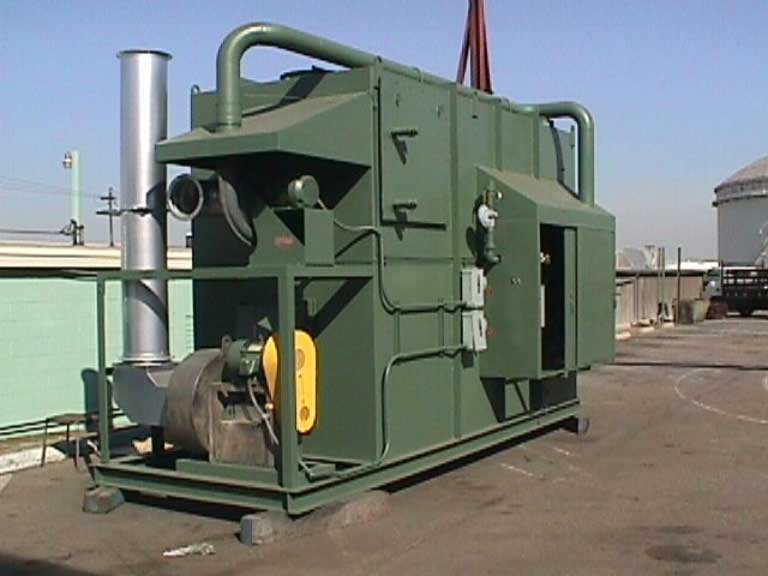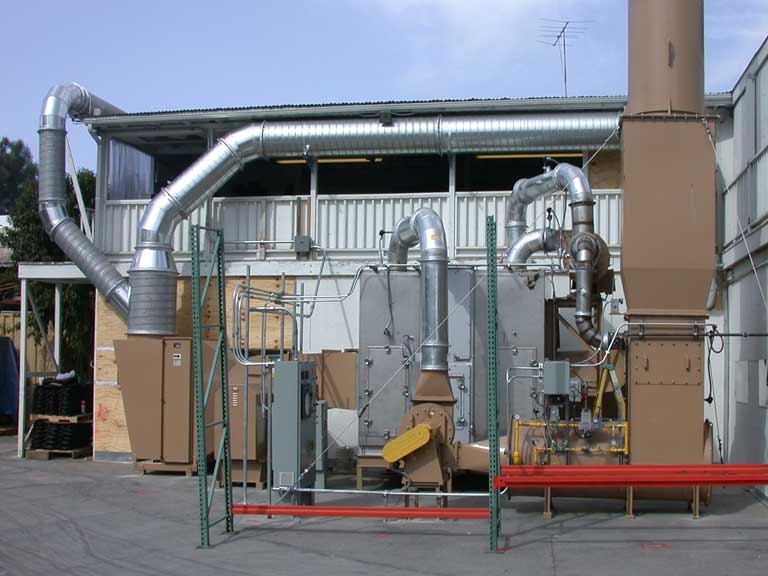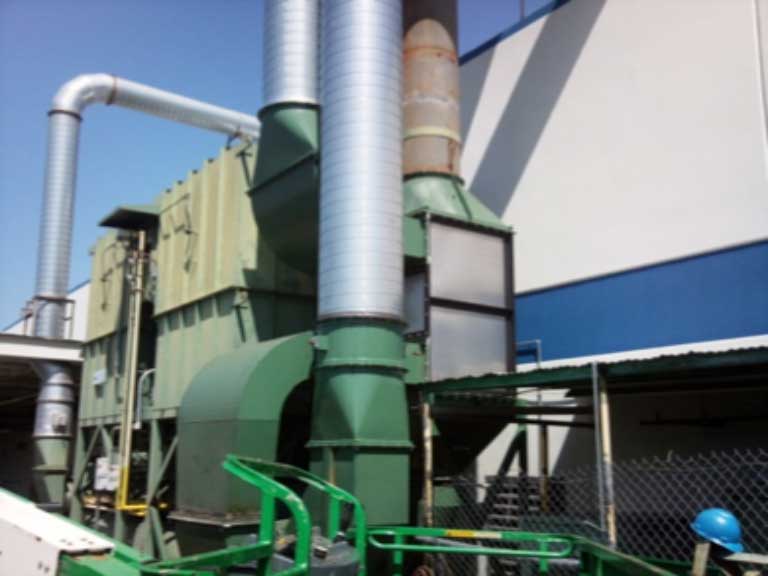When certain products are manufactured in industries, harmful pollutants are generated and spread into the surrounding atmosphere. These harmful toxins called VOCs (volatile organic compounds) have adverse impact on our ecosystem, which is why environment agencies have implemented the emission rules in past years. These days, most of the companies install VOC emission control system, also known as VOC abatement products to adhere to the environmental regulations.
Different types of Oxidizers used in industries
VOC concentration systems have been used in industries as the facility to treat hazardous waste for more than 25 years. Further, there are many factors that can impact the design, engineering, operating efficiency, resources and operating costs of pollution abatement systems in industries. There are different types of oxidizers that are used in industries based on their specifications. While VOC thermal oxidizer offers the traditional way of VOC treatment, catalytic oxidizers come with lower operating cost and better fuel efficiency. Since catalytic oxidizers of good brands offer superior heat recovery, they are able to bring down the manufacturers’ energy costs, adding to their advantages.
Differences between VOC thermal oxidizer and Catalytic Oxidizers
Apart from the energy consumption differences between the two types of Oxidizers, following are some other noted differences between the two.
Attributes of Catalytic Oxidizers
• These are primarily used when the flow of exhaust is somewhat slow, but the VOC concentration is high.
• These oxidizers are used with lower temperature air streams.
• Here, VOCs are destroyed by using metal catalyst monoliths.
• Though these equipment demand bigger initial investment due to the customized features of catalytic bed, these oxidizers are typically known to offer longer life.
Attributes of Thermal Oxidizers
• These oxidizers have significant uses in industries that have larger volumes of low VOC concentrated exhausts.
• These are used for higher activity periods in higher temperatures.
• Since catalyst beds are respond sensitively to certain emissions, these are used more in industries.
• Come with smaller initial investment.
Keeping all these differences in mind, you can choose the oxidizers that fit your needs and give better advantages over others. Give your employees a save working environment by using VOC concentrations system and make the most of your industrial investments.
Different types of Oxidizers used in industries
VOC concentration systems have been used in industries as the facility to treat hazardous waste for more than 25 years. Further, there are many factors that can impact the design, engineering, operating efficiency, resources and operating costs of pollution abatement systems in industries. There are different types of oxidizers that are used in industries based on their specifications. While VOC thermal oxidizer offers the traditional way of VOC treatment, catalytic oxidizers come with lower operating cost and better fuel efficiency. Since catalytic oxidizers of good brands offer superior heat recovery, they are able to bring down the manufacturers’ energy costs, adding to their advantages.
Differences between VOC thermal oxidizer and Catalytic Oxidizers
Apart from the energy consumption differences between the two types of Oxidizers, following are some other noted differences between the two.
Attributes of Catalytic Oxidizers
• These are primarily used when the flow of exhaust is somewhat slow, but the VOC concentration is high.
• These oxidizers are used with lower temperature air streams.
• Here, VOCs are destroyed by using metal catalyst monoliths.
• Though these equipment demand bigger initial investment due to the customized features of catalytic bed, these oxidizers are typically known to offer longer life.
Attributes of Thermal Oxidizers
• These oxidizers have significant uses in industries that have larger volumes of low VOC concentrated exhausts.
• These are used for higher activity periods in higher temperatures.
• Since catalyst beds are respond sensitively to certain emissions, these are used more in industries.
• Come with smaller initial investment.
Keeping all these differences in mind, you can choose the oxidizers that fit your needs and give better advantages over others. Give your employees a save working environment by using VOC concentrations system and make the most of your industrial investments.






